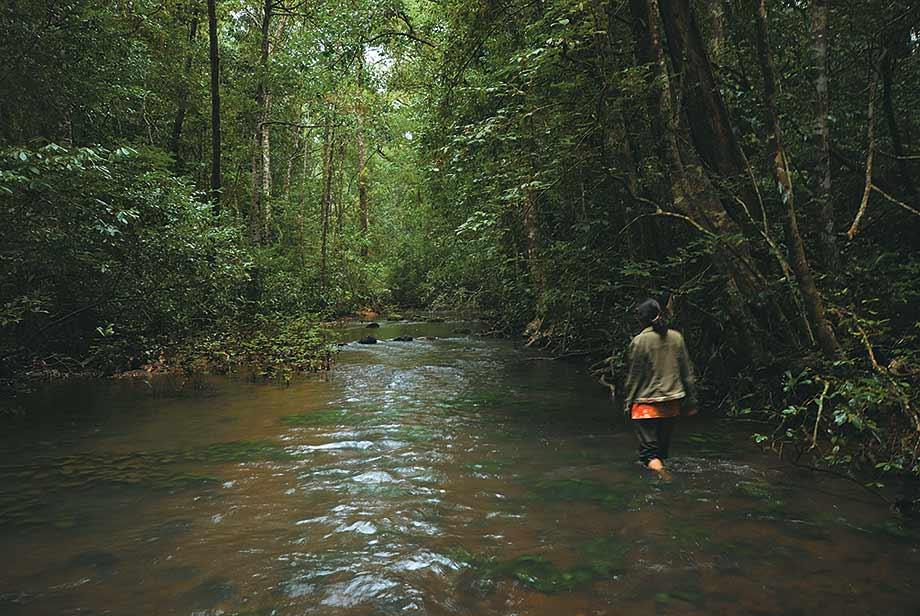
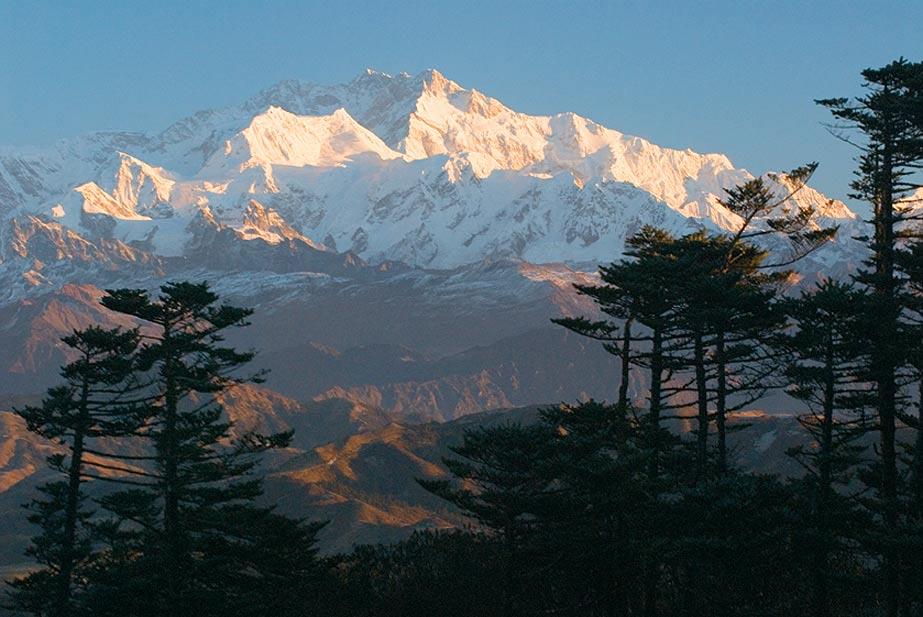
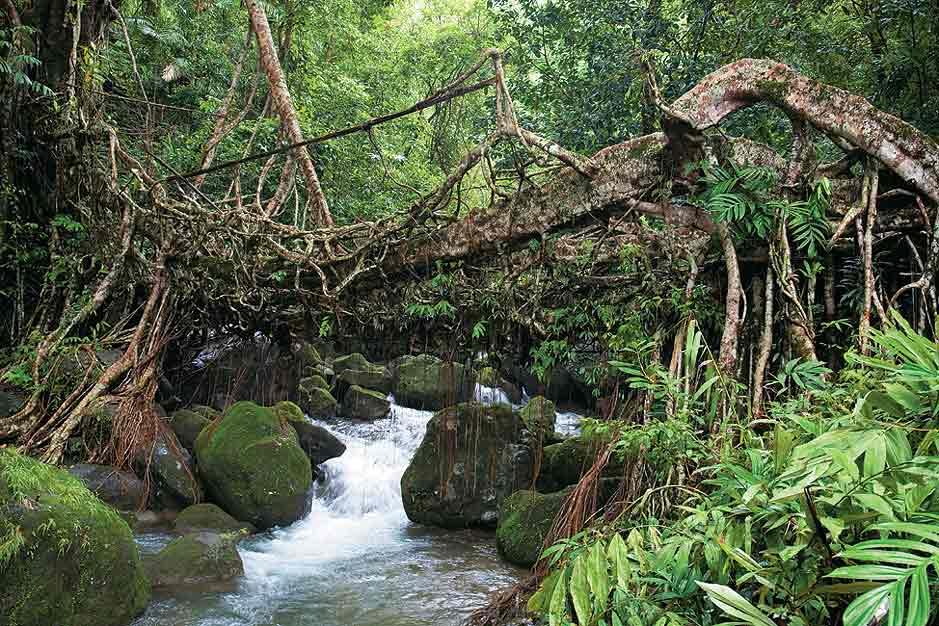
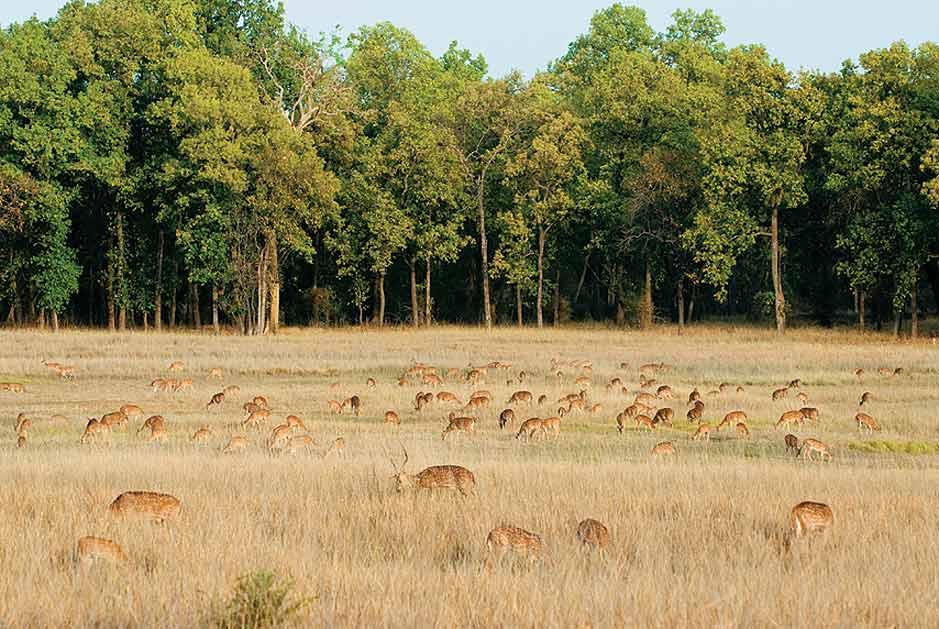
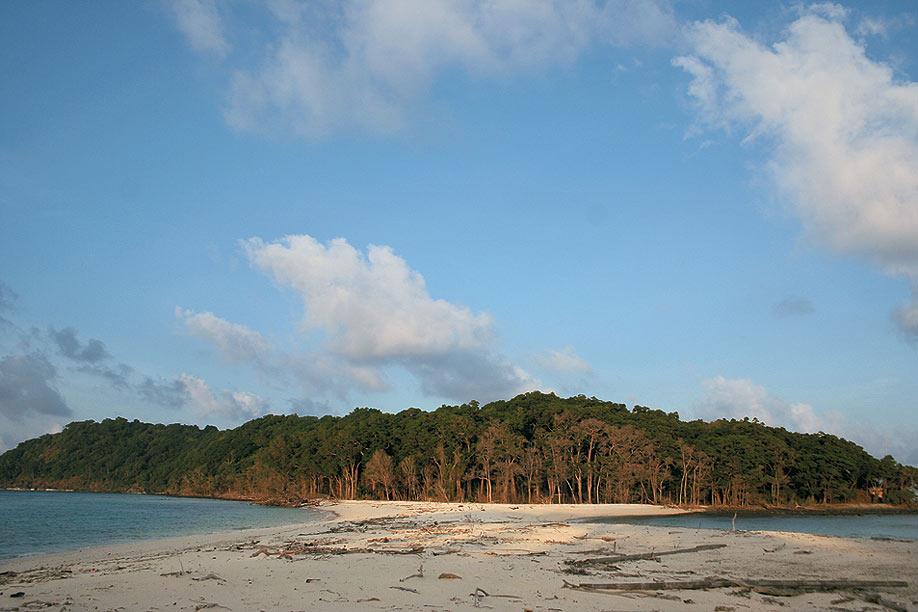
Indian forests
Meghalaya
Singalila
Home » Destinations » Photo Features » India: Forest landscapes

Lowland rainforests: They bear a heavy name, the South Western Ghats Moist Deciduous forests. But together with the higher Montane Sholas, these are home to some astounding numbers of plant and animal life. About 87 mammal species are found here, and 345 birds, and an impressive tally of amphibians and reptiles. With a mean average rainfall of 7,640mm, Agumbe, in southern Karnataka, is one of the wettest places on earth. Forming a crucial link in a contiguous stretch of lowland rainforests, this is also the seat of the Agumbe Rainforest Research Station. Agumbe is 385km from Bangalore.





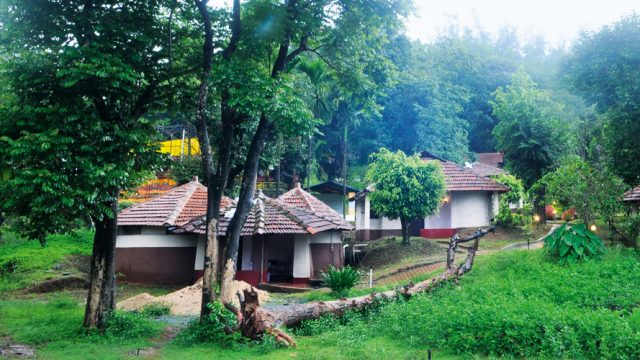
This Western Ghats hill station boasts of some breathtaking scenery
